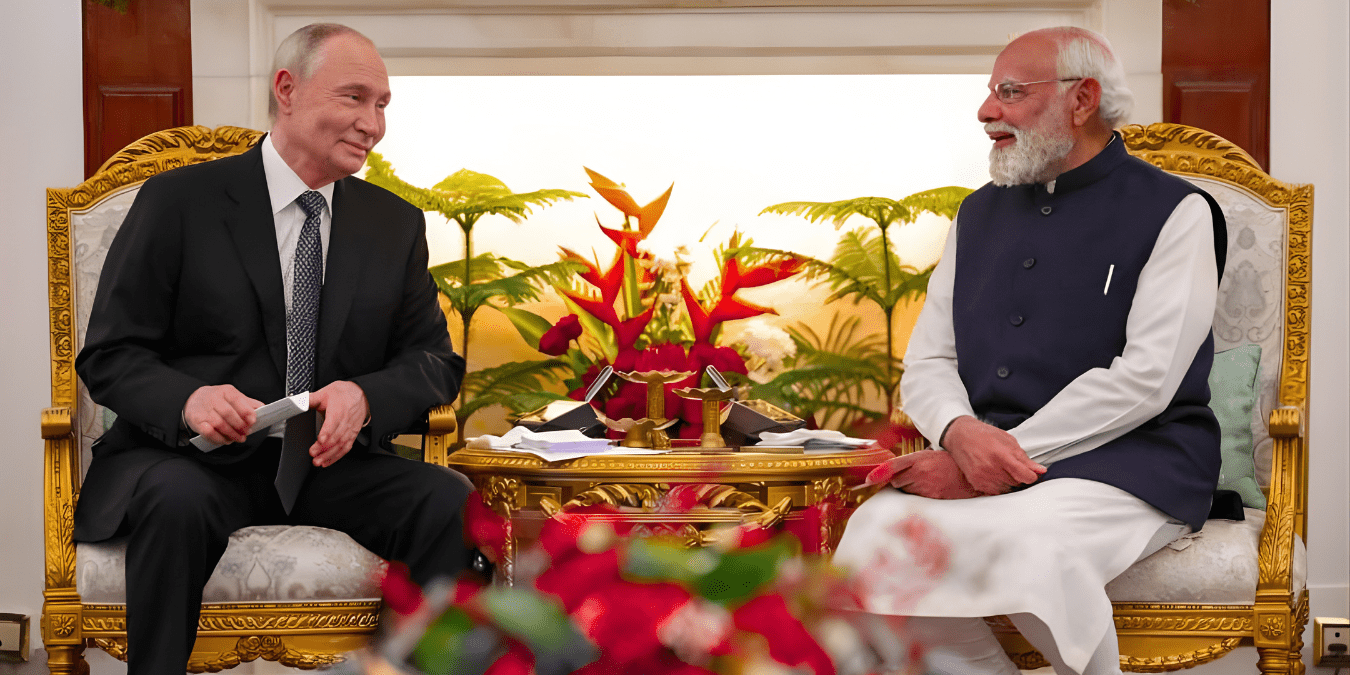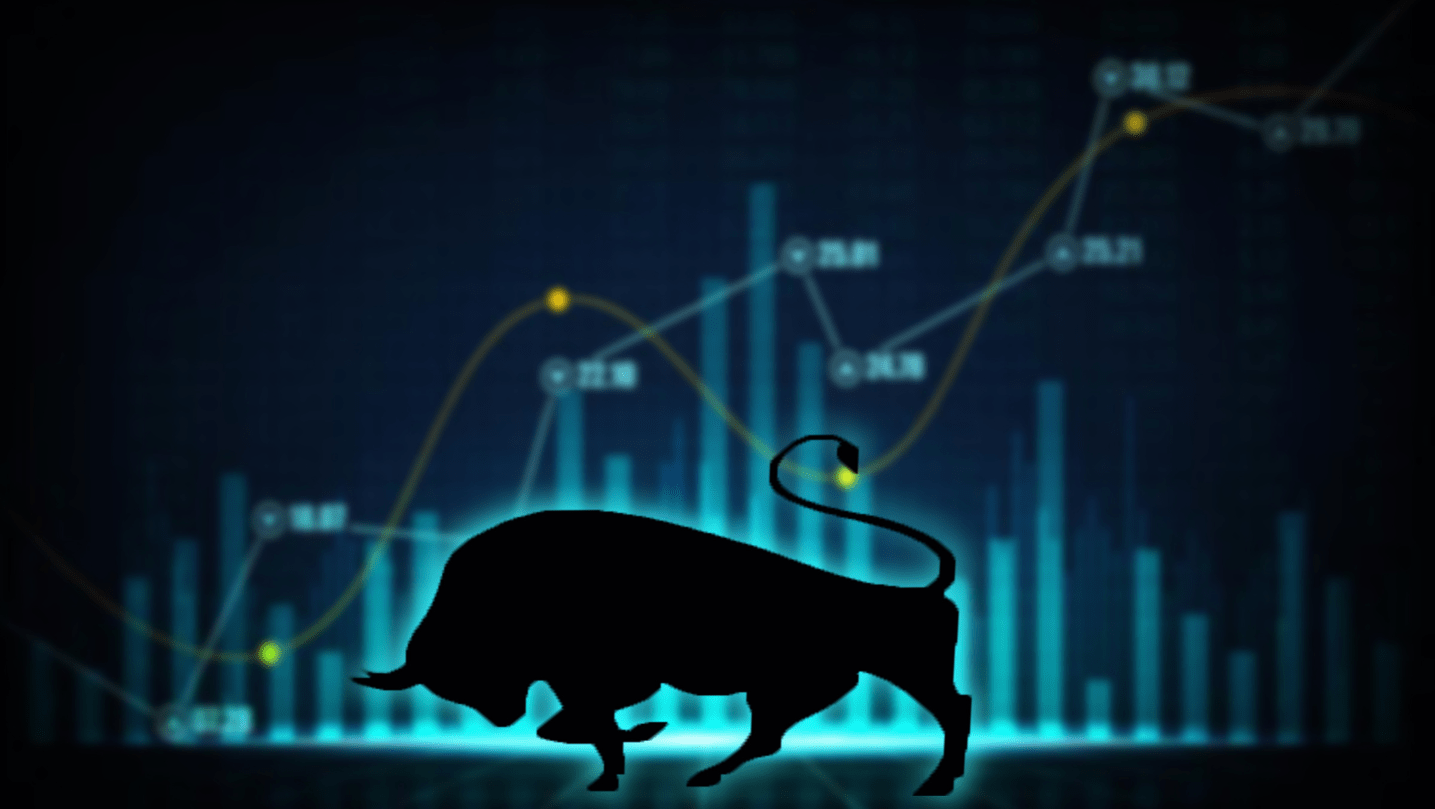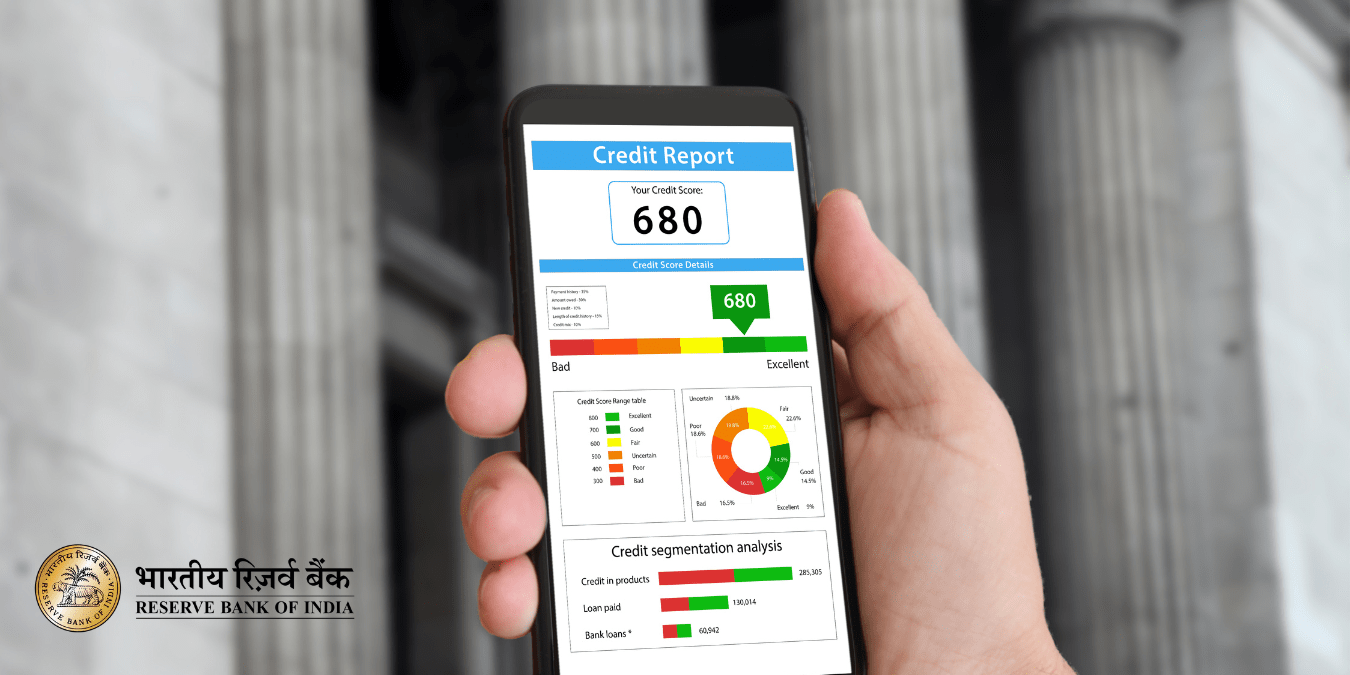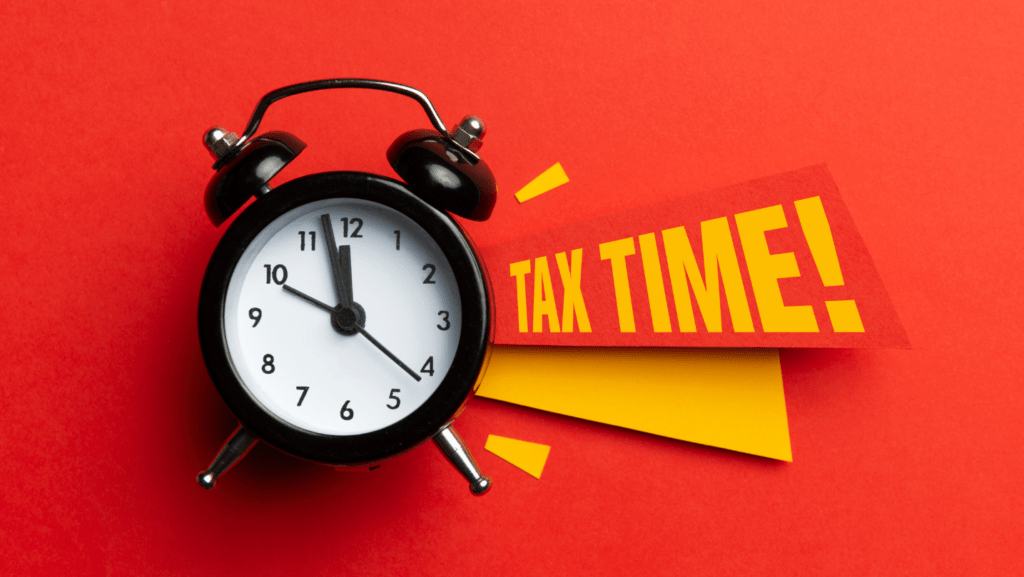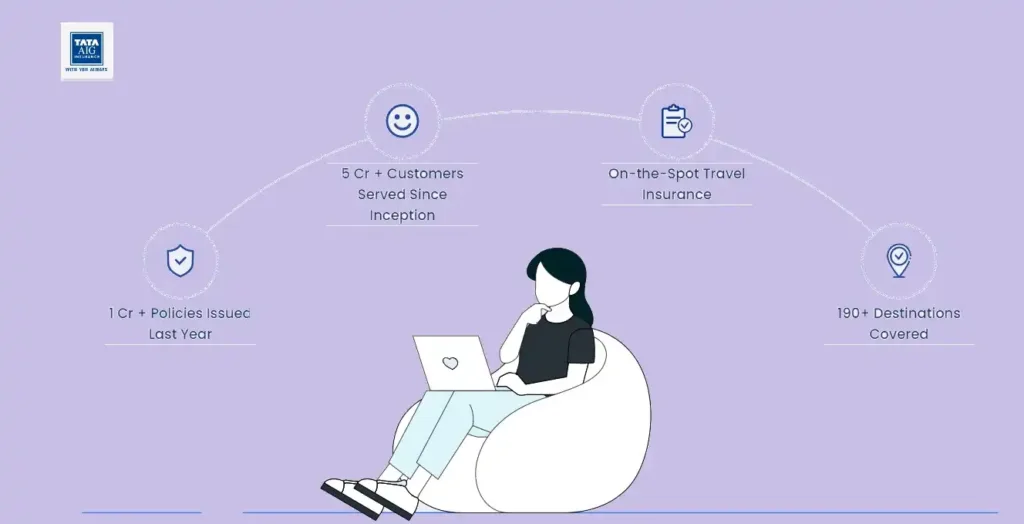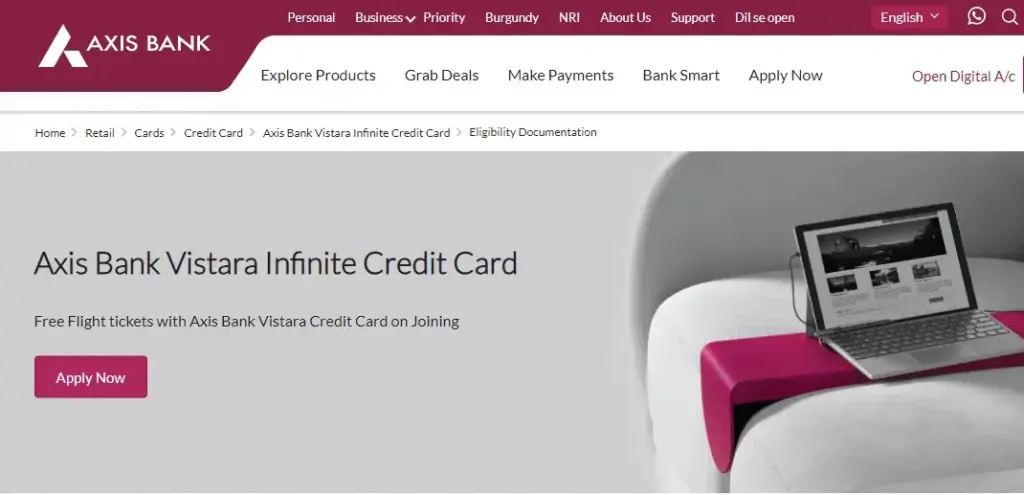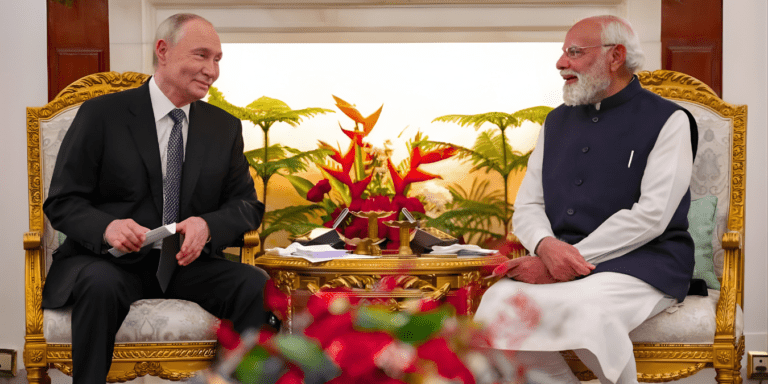
Introduction
Ola, a name synonymous with urban mobility in India, has come a long way since its inception. Founded in 2010 by Bhavish Aggarwal and Ankit Bhati, Ola has transformed from a small startup into a prominent brand in the ride-hailing and electric vehicle (EV) sectors. This blog post delves into the evolution of Ola, highlighting its journey, innovations, challenges, and future prospects.
Founding and Early Days
Ola was founded in December 2010 by two IIT Bombay graduates, Bhavish Aggarwal and Ankit Bhati. The idea was born out of Bhavish’s personal experience when he faced difficulties in renting a car for a weekend trip. This led to the creation of Ola, initially operating as an online cab aggregator in Mumbai.
The early days were fraught with challenges, including convincing drivers to join the platform and securing initial funding. However, Ola’s innovative approach and user-friendly app quickly gained traction. By 2012, Ola had expanded to several major cities in India, attracting significant investment from venture capitalists.
Statistics
- Market Share and Growth
- As of 2023, Ola held a significant market share in the Indian ride-hailing market, with approximately 40%.
- Ola’s revenue grew from ₹758 Crores in FY2017 to ₹2,544 Crores in FY2021.
- User Base
- Ola has over 150 million users globally.
- The platform completes over 1 billion rides annually.
- Ola Electric
- Ola Electric’s Future Factory aims to produce 10 million electric scooters annually.
- The Ola S1 electric scooter received over 100,000 pre-orders within the first 24 hours of its launch.
- Environmental Impact
- Ola’s electric vehicles have helped reduce carbon emissions by over 500,000 tons annually.
- The company aims to deploy 1 million electric vehicles by 2025, which could further reduce emissions by 4 million tons annually.
Expansion and Diversification
Ola’s growth trajectory has been marked by continuous expansion and diversification. The company introduced various services to cater to different customer needs, including Ola Auto, Ola Bike, and Ola Share. These services not only enhanced customer convenience but also helped Ola capture a larger market share.
Geographically, Ola expanded its operations beyond India, entering markets in Australia, New Zealand, and the UK. Strategic partnerships and acquisitions, such as the acquisition of Foodpanda India, further diversified Ola’s offerings and strengthened its market position.
Case Studies
Case Study 1: Ola’s Expansion into International Markets
Background: In 2018, Ola expanded its operations to Australia, marking its first foray into an international market.
Challenges:
- Competing with established players like Uber.
- Adapting to local regulations and market dynamics.
Strategies:
- Ola offered competitive pricing and localized services to attract customers.
- The company partnered with local businesses and government bodies to ensure compliance and smooth operations.
Results:
- Within a year, Ola had over 1.5 million rides in Australia.
- The company expanded to New Zealand and the UK, replicating its success.
Case Study 2: Ola’s Response to the COVID-19 Pandemic
Background: The COVID-19 pandemic severely impacted the ride-hailing industry, with a significant drop in demand.
Challenges:
- Ensuring driver and passenger safety.
- Maintaining business operations amidst lockdowns and restrictions.
Strategies:
- Ola introduced ‘Ola Emergency’ to provide transportation for medical and essential services.
- The company implemented stringent safety protocols, including regular sanitization of vehicles and mandatory masks for drivers and passengers.
- Ola diversified into grocery delivery through partnerships with local stores.
Results:
- Ola’s swift response helped it regain customer trust and stabilize operations.
- The company saw a gradual recovery in ride volumes as restrictions eased.
Case Study 3: Ola Electric’s Impact on Sustainable Mobility
Background: Ola Electric was launched to promote sustainable urban mobility through electric vehicles.
Challenges:
- Building a robust EV infrastructure.
- Convincing customers to switch from traditional vehicles to electric ones.
Strategies:
- Ola invested in building the world’s largest two-wheeler factory, the FutureFactory, in Tamil Nadu.
- The company launched the Ola S1 electric scooter, offering advanced features and competitive pricing.
- Ola partnered with various stakeholders to develop charging infrastructure and provide incentives for EV adoption.
Results:
- Ola Electric quickly became a market leader in the Indian EV sector.
- The Ola S1 received an overwhelming response, with over 100,000 pre-orders within the first 24 hours.
- Ola’s initiatives have significantly contributed to reducing carbon emissions and promoting sustainable mobility.
Latest Acquisitions and Tie-Ups by Ola
Here are some of the latest acquisitions and tie-ups by Ola:
Recent Acquisitions
- Avail Finance (March 2022)
- Ola acquired Avail Finance, a neobank for individuals, to expand its financial services offerings.
- GeoSpoc (October 2021)
- Ola acquired GeoSpoc, a geospatial services provider, to enhance its mapping and navigation capabilities.
- Etergo BV (May 2020)
- Ola Electric acquired Amsterdam-based Etergo BV, known for its AppScooter, to strengthen its position in the electric vehicle market.
Recent Tie-ups
- Siemens (January 2021)
- Ola Electric partnered with Siemens to build its electric vehicle manufacturing facility. This collaboration allows Ola to leverage Siemens’ integrated digital twin design and manufacturing solutions.
- ONDC (November 2023)
- Ola partnered with the Open Network for Digital Commerce (ONDC) to offer last-mile logistics services, enhancing its delivery capabilities.
Technological Innovations
Technology has been at the core of Ola’s success. The Ola app, with its intuitive interface and robust features, revolutionized the ride-hailing experience. Ola integrated AI and machine learning to optimize routes, predict demand, and enhance driver and passenger safety.
Innovations like Ola Play, an in-car entertainment system, and advanced safety features such as emergency alerts and real-time tracking, set Ola apart from its competitors. These technological advancements not only improved customer satisfaction but also contributed to Ola’s operational efficiency.
Ola Electric: A New Frontier
In 2017, Ola ventured into the electric vehicle market with the launch of Ola Electric. This move was driven by the vision of sustainable and eco-friendly urban mobility. Ola Electric’s journey has been marked by significant milestones, including the acquisition of Amsterdam-based Etergo BV and the launch of the Ola S1 electric scooter.
Ola’s Future Factory in Tamil Nadu, touted as the world’s largest two-wheeler factory, is a testament to its commitment to the EV revolution. With a production capacity of 10 million units annually, Ola Electric aims to lead the global EV market.
Challenges and Controversies
Ola’s journey has not been without challenges. The company has faced regulatory hurdles, intense competition from rivals like Uber, and occasional customer complaints. However, Ola’s proactive approach in addressing these issues, such as enhancing driver training and improving customer service, has helped it maintain its market leadership.
The COVID-19 pandemic posed unprecedented challenges, disrupting operations and reducing demand. Ola responded by diversifying into essential services, such as grocery delivery, and implementing stringent safety protocols to regain customer trust.
Corporate Social Responsibility (CSR)
Ola has been actively involved in various CSR initiatives. The company has launched programs aimed at community development, environmental sustainability, and employee welfare. Ola’s ‘Mission: Electric’ initiative aims to deploy 1 million electric vehicles in India by 2025, significantly reducing carbon emissions.
Additionally, Ola has partnered with various NGOs and government bodies to support education, healthcare, and disaster relief efforts. These initiatives reflect Ola’s commitment to giving back to society and promoting sustainable development.
Future Prospects
Looking ahead, Ola has ambitious plans to further revolutionize urban mobility. The company is investing heavily in research and development to introduce new EV models and enhance its existing offerings. Ola’s vision includes expanding its EV portfolio to include electric cars and three-wheelers, and leveraging AI to create smarter and more efficient transportation solutions.
However, the road ahead is not without challenges. Regulatory changes, market competition, and technological advancements will continue to shape Ola’s journey. Nevertheless, with its strong foundation and innovative approach, Ola is well-positioned to navigate these challenges and seize new opportunities.
Conclusion
Ola’s evolution from a start up to a prominent brand is a remarkable story of innovation, resilience, and vision. From revolutionizing ride-hailing in India to leading the EV revolution, Ola has consistently pushed the boundaries of urban mobility. As the company continues to grow and evolve, it remains committed to its mission of making transportation more accessible, sustainable, and efficient.
Frequently Asked Questions
- What is Ola and how does it work?
- Ola is a ride-hailing service that connects passengers with drivers through a mobile app. Users can book rides, track their drivers, and pay through the app.
- How do I book a ride on Ola?
- Download the Ola app, sign up or log in, enter your pickup and drop-off locations, choose your ride type, and confirm your booking.
- What types of rides does Ola offer?
- Ola offers various ride options including Ola Mini, Ola Sedan, Ola Prime, Ola Auto, Ola Bike, and Ola Share.
- How can I pay for my Ola ride?
- You can pay using multiple methods such as cash, Ola Money (Ola’s digital wallet), credit/debit cards, UPI, and other digital payment options.
- What safety measures does Ola have in place?
- Ola provides features like real-time tracking, emergency SOS button, driver background checks, and in-app safety tools to ensure passenger safety.
- How can I become an Ola driver?
- Interested individuals can sign up on the Ola website or app, submit the required documents, and complete the verification process to become an Ola driver.
- What is Ola Electric?
- Ola Electric is a subsidiary of Ola focused on manufacturing and promoting electric vehicles, including the Ola S1 electric scooter.
- How does Ola handle customer complaints?
- Ola has a dedicated customer support team that can be reached through the app, website, or helpline. They address issues related to rides, payments, and driver behavior.
- What are Ola’s cancellation policies?
- Ola allows cancellations but may charge a fee depending on the timing and circumstances of the cancellation. Details can be found in the app’s terms and conditions.
- Does Ola operate internationally?
- Yes, Ola operates in several countries outside India, including Australia, New Zealand, and the UK.
-
The Great Oil Heist: How India is Defying a 50% Trump Tariff to Keep Your Petrol Cheap (But at What Cost?)
Why is India quietly using China’s currency to pay for Russian oil while Washington ramps up pressure and
-
The $100 Billion Gamble: How India and Russia Are Rewriting Trade Rules Right Under the West’s Nose
Russia is bypassing the dollar using your currency—but the real shocker is a hidden logistics route slashing shipping times by
-
The Stunning Secret Behind Modi-Putin’s “Time-Tested Friendship” That Washington Doesn’t Want You to Know!
What secret financial revolution is Modi-Putin’s friendship hiding from Washington? Discover how India’s rupee-ruble trade bypasses US sanctions,
-
RBI’s New Weekly Rule: Why You Must Pay Your Bills Before These 5 Dates Every Month
Your 30-day financial “invisibility cloak” vanishes in 2026. The RBI’s new weekly credit reporting rule exposes your loan stacking
-
Indian Stock Market Trends: Sensex, Nifty Outlook & Top Picks (Dec 4, 2025)
India’s GDP just hit 8.2%, so why is the Nifty bleeding below 26k? A rare economic anomaly—0.3% inflation
-
The 5-Day Digital Siege: What the Government Didn’t Tell You About the Sanchar Saathi U-Turn
The government’s 5-day digital siege failed after Apple planned a secret war. But they left a hidden loophole—a
-
Indian Stock Market Trends: Will Nifty Reclaim 26,200 Today? (Dec 3, 2025 Update)
GDP jumped 8.2% but Nifty fell—why? Inside the Dec 3 update: a “Status Quo” RBI prediction, 3 stocks
-
What if a single bounced cheque could cost you double the amount—and land you behind bars?
Is your chequebook hiding a prison sentence? The 2025 RBI rules changed everything: double fines, instant jail time,
-
Is Your Payslip a Ticking Time Bomb? The 10 “Silent” Red Flags That Will Trigger an AI Tax Audit in 2025
Did your landlord just make you a tax criminal? One “innocent” rent receipt error is now triggering 60%



